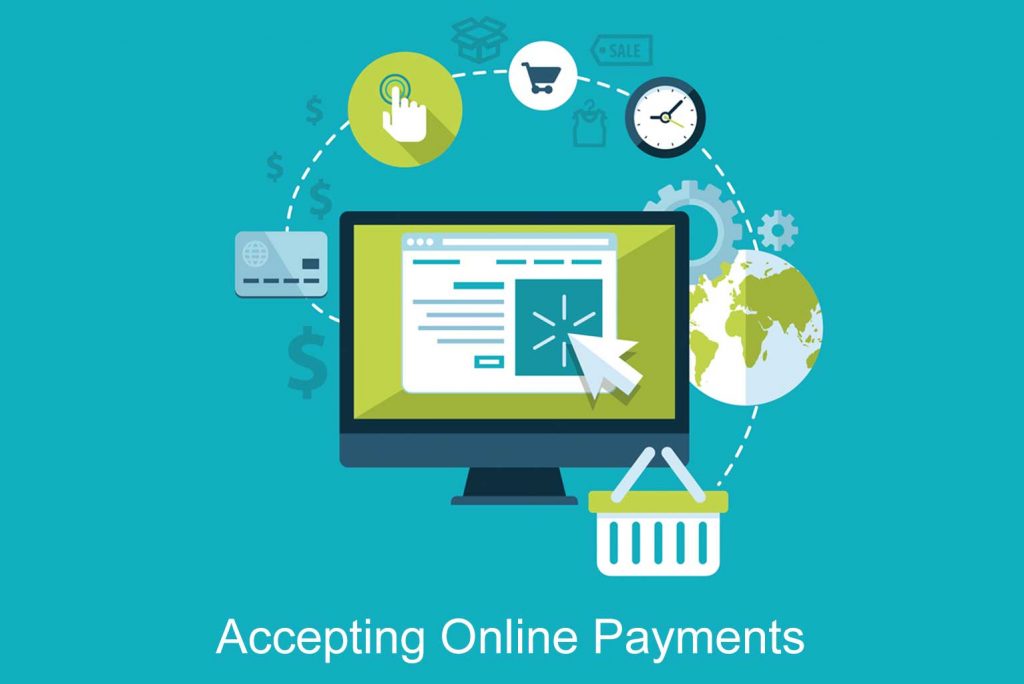Setting up an e-commerce website is a complex process that involves several steps. It requires careful planning and execution to ensure that the website is user-friendly, secure, and capable of handling online transactions. In this article, we will outline the steps required to set up an e-commerce website.
Choose a Domain Name and Web Hosting: The first step in setting up an e-commerce website is to choose a domain name and web hosting. Your domain name should be easy to remember, relevant to your business, and easy to spell. You should also choose a web hosting provider that offers reliable services and excellent customer support.
Select an E-Commerce Platform: There are several e-commerce platforms available, such as Shopify, WooCommerce, Magento, and BigCommerce. Choose the one that meets your needs and budget. These platforms offer different features, such as payment processing, inventory management, and marketing tools.
Design Your Website: Your e-commerce website should be user-friendly, visually appealing, and easy to navigate. Choose a professional design that reflects your brand and makes it easy for customers to find what they are looking for. You can hire a web designer or use a website builder tool to design your website.
Add Products and Categories: The next step is to add products and categories to your e-commerce website. Make sure to include high-quality product images, descriptions, and prices. Organize your products into categories to make it easy for customers to find what they are looking for.
Set Up Payment Gateway: The payment gateway is an essential component of an e-commerce website. It enables customers to make payments online securely. Choose a payment gateway that is reliable, secure, and easy to use. Some popular payment gateways include PayPal, Stripe, and Authorize.net. In St. Kitts Nevis, CenPOS is available for accounts established with the St. Kitts Nevis Anguilla National Bank.
Set Up Shipping and Tax: You need to set up shipping and tax options for your e-commerce website. Choose the shipping methods and rates that suit your business. Set up tax rates based on your location and the location of your customers.
Test Your Website: Before launching your e-commerce website, it is essential to test it thoroughly. Check for any bugs or glitches, test the payment process, and ensure that the website is user-friendly.
Launch Your Website: Once you have tested your e-commerce website, it is time to launch it. Make sure to promote your website on social media and other channels to attract customers.
With these steps, you can create a successful e-commerce website that meets the needs of your customers and helps you grow your business.





